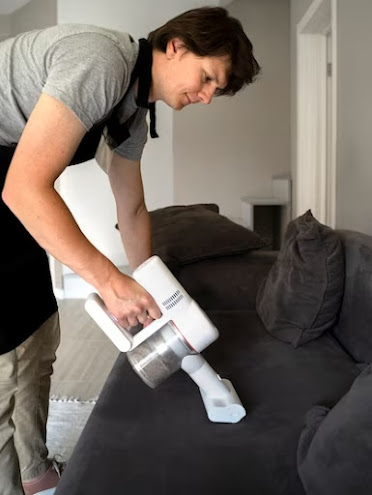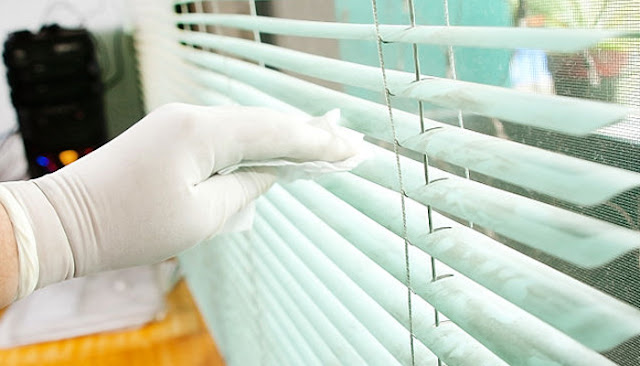What is the Decontamination Process Followed for Infection Control?
In different facilities, environmental cleaning as well as disinfection play a major role in infection control as well as prevention. According to research, contaminated surfaces spread pathogens from person to person.
In fact, it has been discovered that the amount of transmission is directly correlated with the extent of environmental contamination. While manual cleaning is indeed an important part of infection prevention as well as control, there is a chance that pathogens will get into the disinfectant solution for cleaning and spread to other cleaned services.
How can you guarantee patients’ safety while removing the possibility of infection spreading? Contact the providers of decontamination cleaning service today!
Decontamination for Infection Control
In a bid to prevent the propagation of infection, a series of procedures known as decontamination is used to remove or successfully destroy infectious agents and other contaminants.
The 3 procedures are:-
- Cleaning
- Enhanced cleaning
- Disinfection
1. Cleaning
Decontamination cleaning service, or more specifically, physically removing soil, dust, as well as other contaminants from surfaces, remains the very first step in the decontamination operation. This process is typically done every day in healthcare settings using a combination of water, detergent, clothes, along with mops.
2. Enhanced Cleaning
Enhanced cleaning is all about the methods that are employed in response to any specific infection prevention and control. This process can also consist of an increased cleaning frequency, for all surfaces that are frequently touched, or it might encompass the use of additional tools for cleaning or disinfectants.
3. Disinfection
Disinfection helps in reducing the number of infectious agents in any setting. However, it isn't always enough on its own for dormant microbes, like viruses and spores. Mould removal in Sydney involves dealing with the issue of mould and infection-causing germs.
Summing Up
In order to give patients safety and care, health facilities must remain spotless. Improved cleaning, disinfection, as well as the use of specialised automated technologies are all part of infection control.




Comments
Post a Comment